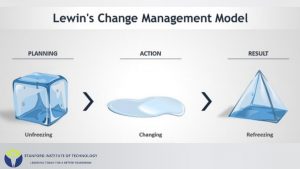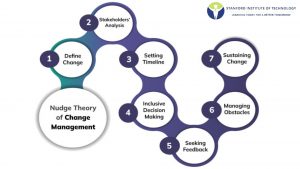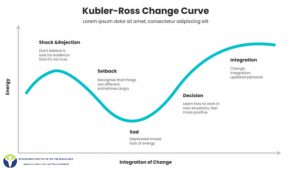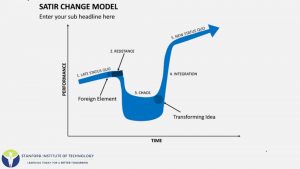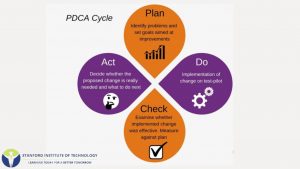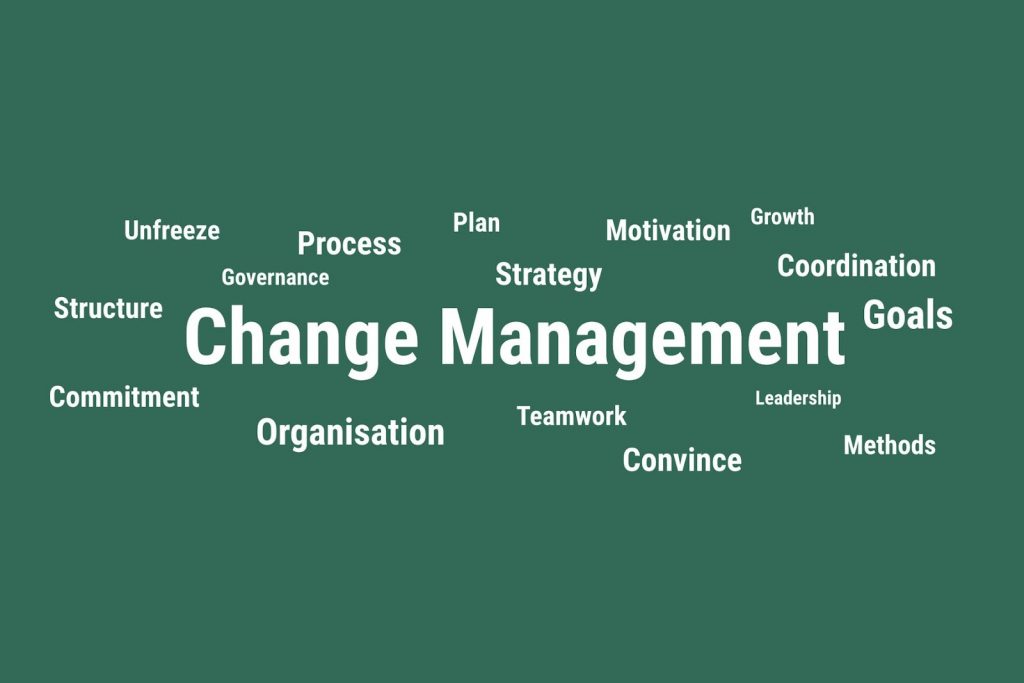
Introduction
Winston Churchill once said, “To improve is to change; to be perfect is to change often.” Change is quite important. We as humans have felt change several times in our lives and careers. And each time a change happens we see a new development in us. Such is the beauty of change. As important as is change the process of change is equally difficult.
Change is also crucial for the companies that we are a part of. These organisations go through phases of changes for better structure and better opportunities. To successfully plan, adapt and move ahead with change, management is important. Leaders and managers are the people who help employees and the organisation to successfully adapt and implement change. For a student of leadership and for a leader of an organisation currently going through change, it is crucial to understand this process of change management.
In this blog, we will discuss in detail every aspect of change management, that will help students of leadership and management as well as the leaders who are currently responsible for change management at their organisations. Let us begin.
What is Change Management?
The process through which a company brings a change in its systems is known as Change Management. The process is structured and supports employees to engage and adapt to change.
Change Management can also be called a multi-step process that ensures the successful execution of the desired outcome.
Why Is Change Management Important?
Change Management is important for organisations for small and large-scale changes. Let us see some reasons why it is important:
- Change Management planning ensures a smoother transition during change.
- Without a decisive plan for change – monitoring, implementing, and reporting of the change tend to fail.
- Change Management allows better control of the plan and investment made for the plan.
- The ability to manage change determines success in new processes.
- Change Management deals with the most valuable resource of the organisation which is humans. So, it is an indication of the strength of the leadership of the organisation.
Change Management Strategies to Manage Change Effectively.

Organisations get tremendous impacts due to change. The volume of human resources involved in the process affects the outcome of the change. This tells us that organisations, their human resources, and change are intricately connected. That is why a strategy for change management is important.
Furthermore, change management requires explicit efforts which are proportional to the involvement of teams, planning, and speed of execution.
1. Detailed Outline of a Plan
With the end goal in mind, prepare a plan to introduce the change to the employees. The plan should have a timeline of the proposed change, metrics for success and answers to possible questions.
Under good leadership, the team would prepare itself for the upcoming change.
2. Communicating and Educating the Plan of Action.
A clear concise communication of goals and desired outputs helps employees understand change. The employees can see the logic for change.
This strategy requires effective communicators and leaders who can convey a plan of action. They need to spend time and effort for the least resistance.
3. Facilitating Change with Support.
Changes are often perceived with the notion of loss. An effective change management strategy executed by a leader would help employees to see beyond such notions. A good leader would work towards supporting his team through open communication and guidance.
Change Management efforts are relative to the volume of people involved. Hence continuous guidance and support of good leaders would facilitate change management.
4. Involving Teams Through Participation.
The management could involve teams and take their opinions into account. Participation will decrease resistance and might offer valuable insight.
Without involving teams, the employees would be poorly informed. An uninformed team might not be proactive for change thus failing management of change.
5. Training the employees
Changes often involve modern technologies or new systems. A uniformed team might resist change due to a lack of skill so a good leader would offer training sessions. Good leadership can recognise the current level of skill within the organisation and facilitate change management.
6. Observe and Manage
Observe the ongoing plan keenly. Check if the metrics for success are being met. Look for possible errors and solve them. Manage resistance with effective communication, negotiation, or training.
7. Show Good Leadership
A change could be tough. Lead the employees with guidance, effective communication, and support. Exhibit strong leadership and drive the team to the end goal. The employees must trust their leader to help them during the toughest of changes.
Change Management Process: The Steps

There are 11 steps to manage change.
Before making substantial changes, define the steps to manage change. Understand change management principles for a successful process.
The process may vary based on your organisation and goals.
Step 1: Identify what needs to change.
Look for important things to change in your company. Decide if the changes are worth the time and effort. Consider if the changes will bring benefits or a return on investment. Goals can be achieved under leadership who can focus on culture, specific problems, communication, or training.
Step 2: Prepare everyone for the change.
Involve people in the change process to get them excited. Leaders must understand and communicate the vision for change.
Step 3: Create a vision statement.
Craft a statement that shows the future after the changes. This inspires everyone and helps them understand the goal. The vision statement needs to be impactfully presented.
Step 4: Understand how the change will affect the organisation.
Communicate with employees about why the change is necessary. Work together with your employees, communicate effectively, and stay united throughout the change process. Explain the reasons for the change and what you expect. Demonstrate excellent leadership communication for the desired outcome.
Step 5: Present the changes to stakeholders and get their support.
Involve stakeholders and every necessary party in the plan. Gain their support. Their backing is crucial for the success of your change initiatives. Tailor your goals and presentation to their interests while staying true to your intended changes.
Step 6: Identify people who will drive the changes.
Choose trustworthy people who will positively contribute. Identify reliable individuals within your organisation who can drive the changes. Involve only those people who contribute and understand the transition. Be mindful of the number of change agents to avoid communication issues.
Step 7: Identify and remove obstacles.
Finding the possible threats that might hinder change is essential. Identify obstacles that may hinder progress and work on eliminating them. Assign tasks to the change proponents to speed up and streamline the process. Ensure a smooth path towards achieving your goals.
Step 8: Set goals for the change.
When setting goals for your organisation, think strategically. Make them specific, measurable, attainable, relevant, and timely (SMART goals). SMART goals help you achieve your vision by creating clear and measurable targets. Find areas for improvement by evaluating different systems.
Step 9: Implement the change plan.
Now it’s time to put your plan into action. Focus on executing the plan and being accountable for its success. To make things easier, break down the process into manageable phases. Simplifying the process helps you communicate your ideas clearly and improves your chances of success.
Step 10: Incorporate changes into training and culture.
Train employees, coach change agents, and communicate effectively. Seek sponsorships for resources and manage resistance.
Step 11: Analyse the results and report.
Evaluate the process and make improvements for future changes. Change management is an ongoing process for organisational growth.


